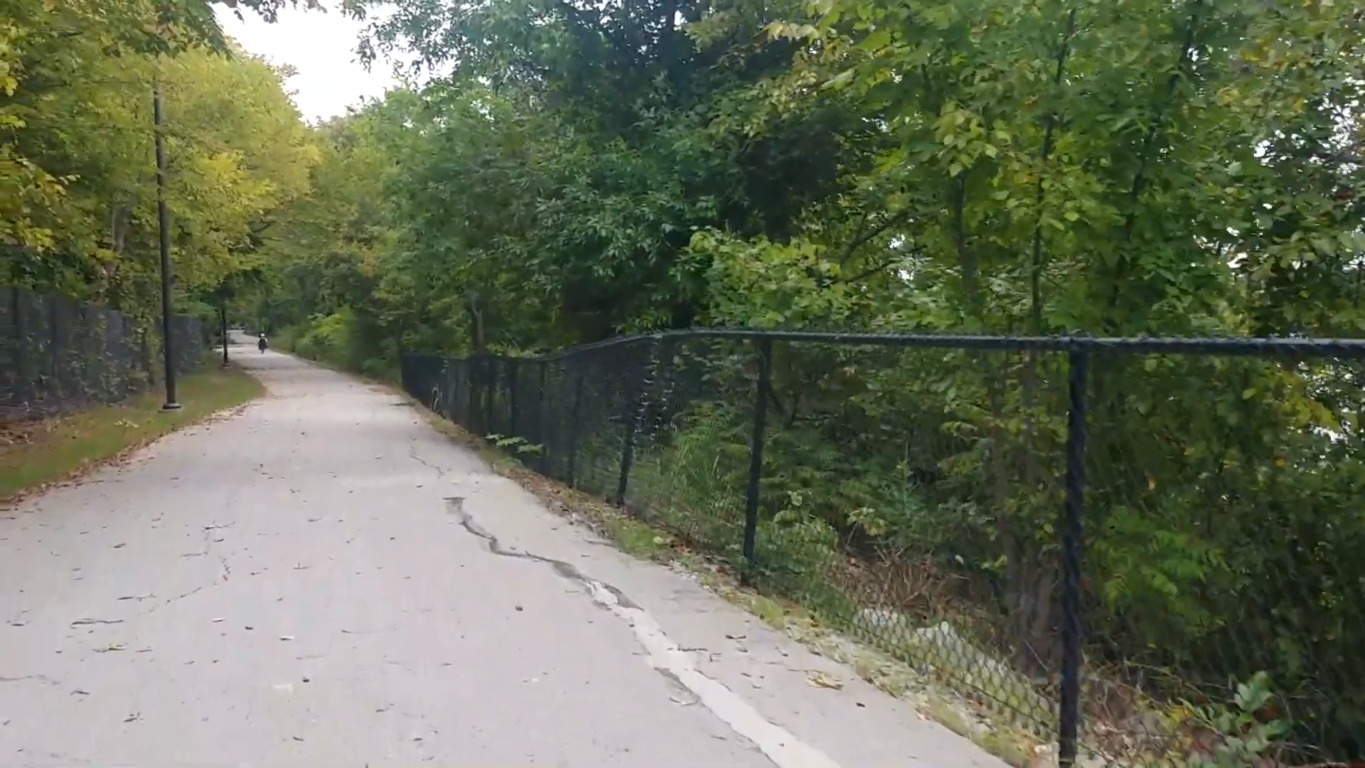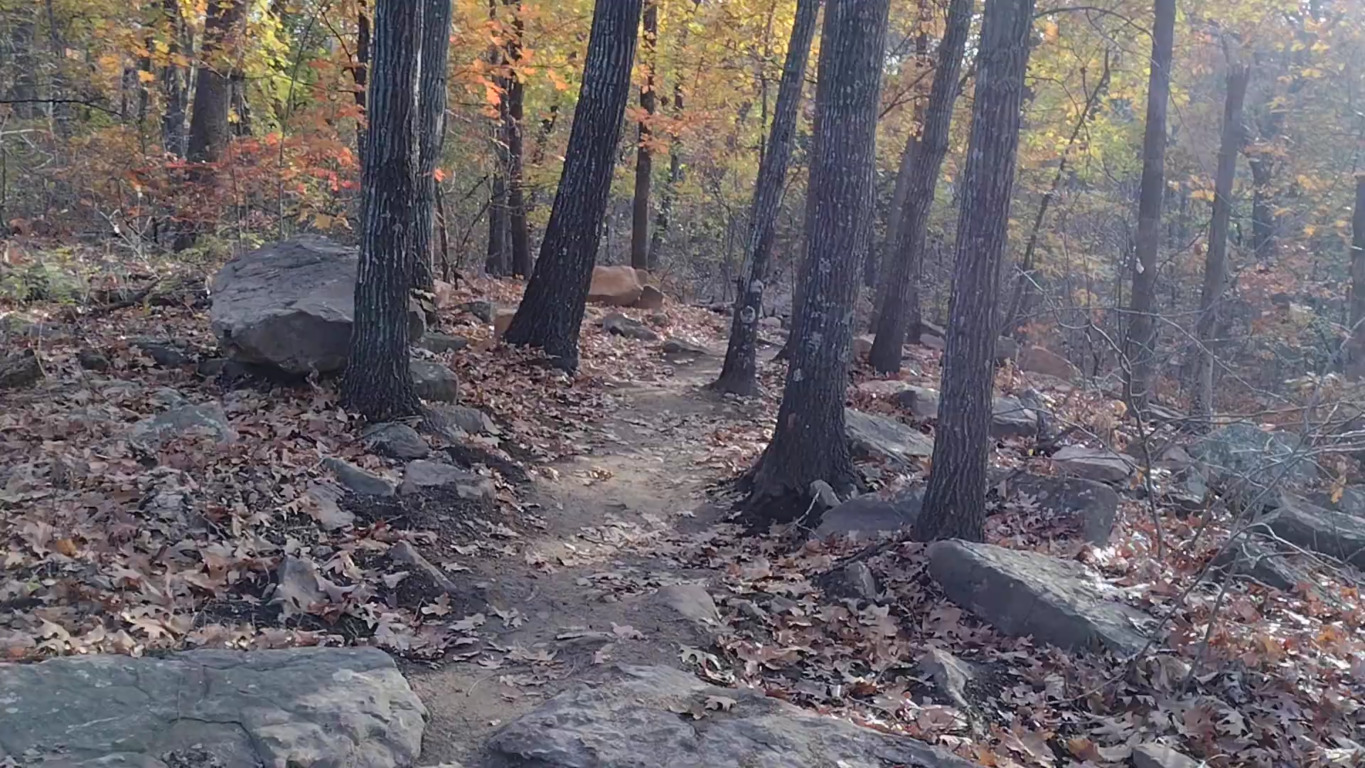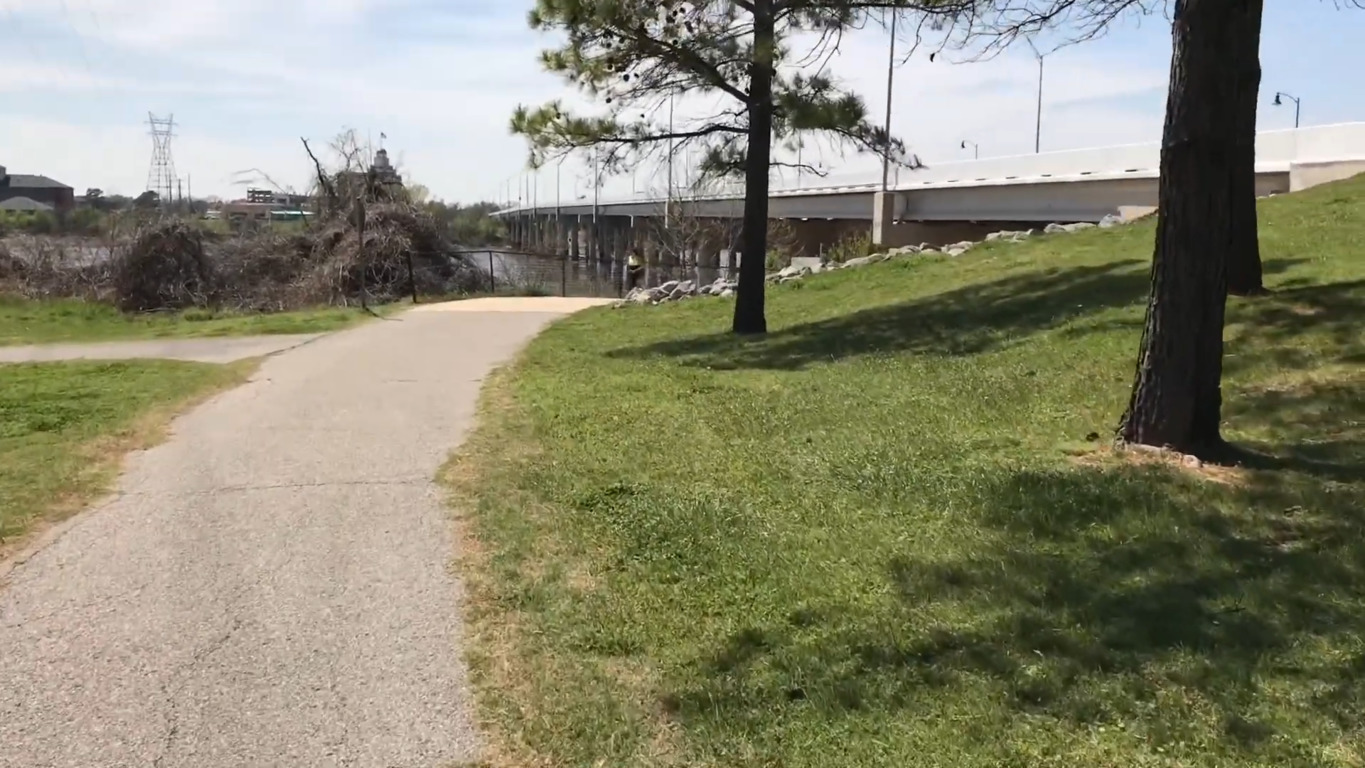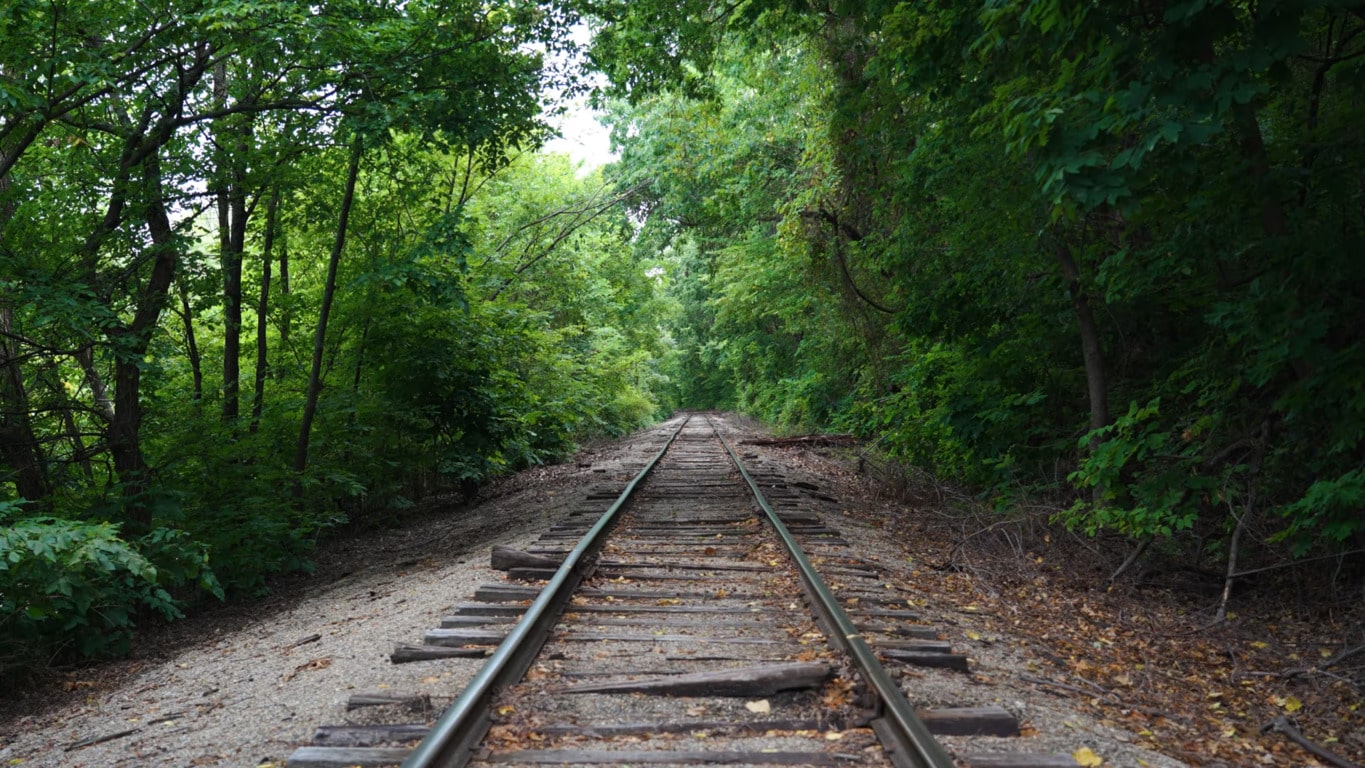Tulsa, Oklahoma: Area Description
Tulsa is a dream biking destination for many bikers because of the great trails in its diverse geography. The city is surrounded by cross-timbers, a prairie eco-region, and a forest. Moreover, it has seven of Oklahoma’s state parks and numerous noteworthy hills like Turkey Mountain, through which the popular Turkey Mountain trail passes.
Geography of Tulsa
As mentioned earlier, Tulsa’s geography is super-diversified. The city itself is in the middle of a forest between the foot of the Ozarks and the Great Plains. The forested region is on rolling hills. Compared to other cities in Oklahoma, Tulsa has more lakes and hills. Besides being heavily wooded with abundant water areas, the city has seven of the state’s 11 eco-regions and the majority of the parks.
The prominent hills like Shadow Mountain and Turkey Mountain create great varied terrain, perfect for mountain biking. The southern parts of the city are hilly and have trails like the Riverbanks West Bank, while the northern and central parts are flat and gently undulating.
| Land area (sq. mi; sq. km) |
201.85 sq mi (522.79 km2) |
| Minimum Elevation |
- |
| Maximum Elevation |
722 ft (194 m) |
Demographics of Tulsa
Tulsa’s population has declined in the past decade and is currently at 681, 054. White American people make up the majority of the population at 62%, followed by black people and Hispanics at 15% and 14%, respectively. The primary language of communication in the city is English. You would have an easier time servicing your bike or asking for directions in the city.
The Tulsa Metropolitan Statistical Area, which encompasses seven counties, including Tulsa, Osage, Wagoner, Rogers, Pawnee, Okmulgee, and Creek, has a total population of 1,134,125 residents. The metropolitan area, also known as the Green Country, occupies a huge part of northeastern Oklahoma. The green country is touristy and has the city’s numerous biking trails.
| Total population |
681,054 (2020) |
| Population density (persons per sq. km) |
2,088.67/sq mi (806.44/km2) |
Climate of Tulsa
Tulsa’s temperate climate is one of the top reasons why it is a popular biking destination. The climate is humid subtropical, with an annual average precipitation of 41.0 inches and a temperature of 60.8 degrees Fahrenheit.
Like other temperate zones, the weather in Tulsa varies with season. Occasionally, the city gets extreme precipitation and temperatures, but the weather is often predictable. May, October, and September have the best weather for biking. July and August are the least ideal biking months because of the extremely high temperatures. What’s more, the city gets strong thunderstorms with hail, tornadoes, and destructive winds. Check the weather forecast before planning a ride to avoid being caught in such weather extremes.
Average Temperature by Months
| Month |
Temperature |
| January |
38°F |
| February |
43°F |
| March |
52°F |
| April |
61°F |
| May |
70°F |
| June |
79°F |
| July |
83°F |
| August |
82°F |
| September |
74°F |
| October |
62°F |
| November |
51°F |
| December |
40°F |
Infrastructure
Tulsa has two primary airports and a bus network of 97 vehicles. The population heavily relies on automobiles to move around as the city is ranked the fifth least expensive metropolitan area for the average price of gas. You can use the intercity bus service to move from one point to another if you have to bike on a trail that is far from where you are.
The biking infrastructure in Tulsa is almost non-existent. Except for the multiple biking trails in the remote areas and a few protected bike lanes downtown, there isn’t much worth reporting. The government has made additional efforts to expand the biking infrastructure by including it in the famous ‘GoPlan.’
Sights and Landmarks in Tulsa
Tulsa has a lot to offer regarding exciting sights and views both off and off the bike—most of the trails run through interesting geographical sites and parks. A good example is the Riverparks West Bank trail. It offers access to Turkey Mountain, runs downstream past the River West Festival Park, and leads to the Turkey Mountain Park Center. You can also access the River Skate Park and River Parks Kayak through it.
You are likely to encounter various wildlife on the trails. You may see raccoons, coyotes, squirrels, bats, snakes, armadillos, and various bird species. The Turkey Mountain Urban Wilderness area is notorious for different wildlife species.
Besides the scenic views on the trails, you can stop by any of Tulsa’s globally acclaimed museums. You could go to Gilcrease Museum near Osage Hills for an extensive world-class art collection. The Philbrook art museum in midtown Tulsa is also worth visiting.
FAQ about Trails in Tulsa
Is there a paved biking trail in Tulsa?
The Riverbanks West Bank trail is paved and runs on the west bank of the Arkansas River. You can loop it to enjoy the scenic views and numerous parks it passes.
What is the best easy-grade mountain biking trail in Tulsa?
Turkey Hold the Rocks is one of the few bike trails in the Turkey Mountain area with few technical and rocky sections. It is perfect for beginner riders who want to enhance their skills or get used to their bikes.
Which is the most technical trail in Tulsa?
Blackjack is one of the most technical trails in Tulsa. The bi-directional singletrack has a lot of technical features like rocks and narrow sections that require good biking skills. It is ideal for advanced riders.

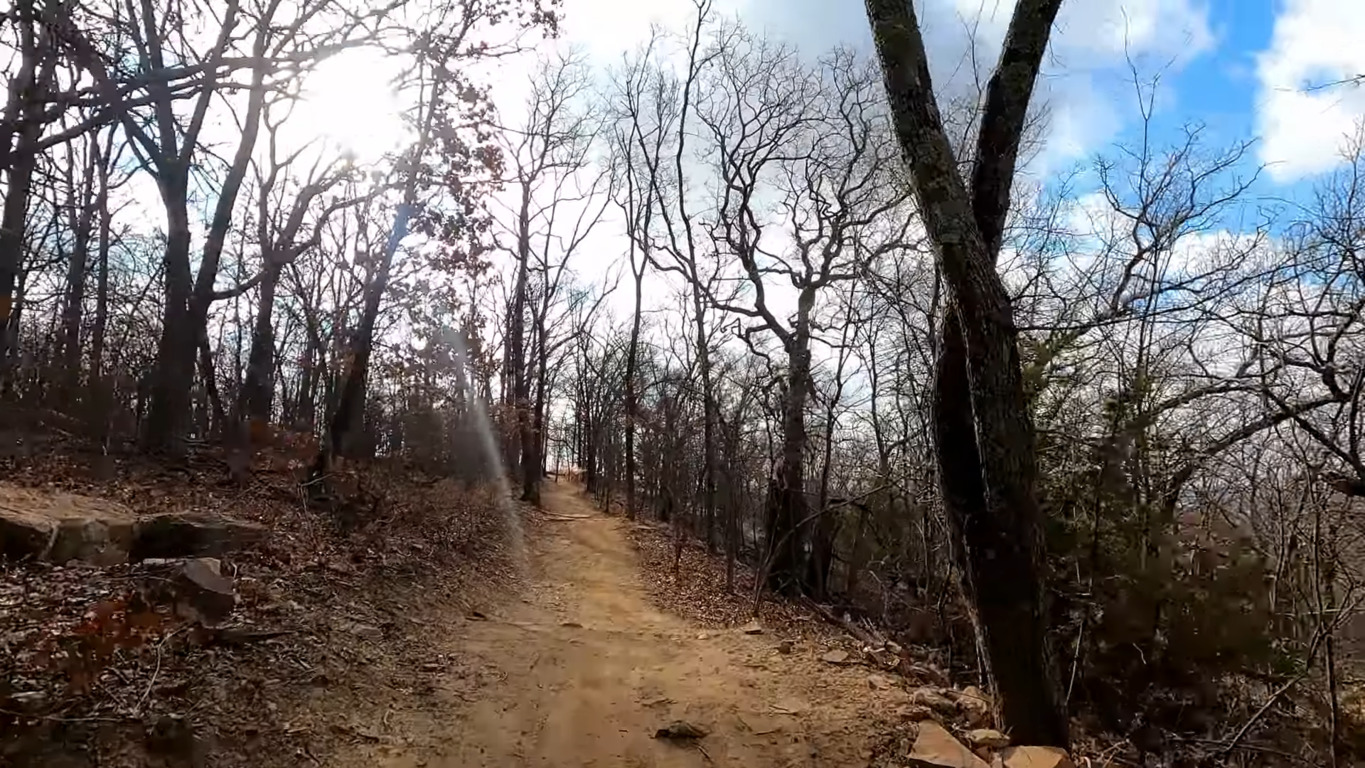
 4.97 mi
4.97 mi
